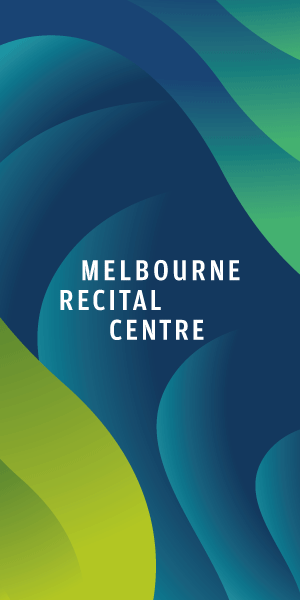Observing the universe: the Great Melbourne Telescope, 1875
The open-air reflector telescope at the back of the Great Melbourne Telescope Building faces up to the skies, its seemingly delicately filigreed barrel looking like something from a circus act.
Any minute now you expect to see a human cannon exploding from the top, heading up into space, ready to meet the universe.
But this was the latest in modern technology, not popular entertainment. The telescope, the creation of Irish optician Thomas Grubb, was built in Dublin and shipped to Melbourne in 1868 where it made its way to the observatory, which was built five years earlier.
It was the largest fully steerable telescope of its time and symbolised a Melbourne that was well on its way to establishing itself as a serious centre of science and learning, just as the museum, library, art gallery, university, zoo, and botanic gardens had done for the previous decade.
Located in the Royal Botanic Gardens, the telescope building housed the steam-engine, a polishing machine for the telescope mirrors, photographic rooms, and other workrooms that serviced the telescope. Its sliding roof doubled as cover for the telescope.
In the image you see here, the building is still settling into the landscape. In the foreground you can see telegraph wires and the newly established observatory gardens. Behind the building are the Botanic Gardens and the CBD is just visible in the hazy background.
The telescope was used to study the skies until 1944 when the observatory closed, and the telescope made its way to Canberra. There it was modified to meet modern astronomical standards and there it was severely damaged in the bushfires of 2003 that destroyed the Mount Stromlo Observatory.
All was not lost, however. Museums Victoria, the Royal Botanical Gardens and the Astronomical Society of Victoria are at the forefront of a restoration project, and it is to be hoped that the telescope will one day be returned to its former glory in its original location, a reminder of the confidence of a post-gold rush colony intent on being taken seriously.
In the meantime, you can sense the impact of this impressive telescope in this image, one of approximately 50 photographs from the set Views of Melbourne by Charles Nettleton in the Royal Historical Society of Victoria’s collection. •

Could the Metro Tunnel help Melbourne rediscover its mojo?






 Download the Latest Edition
Download the Latest Edition